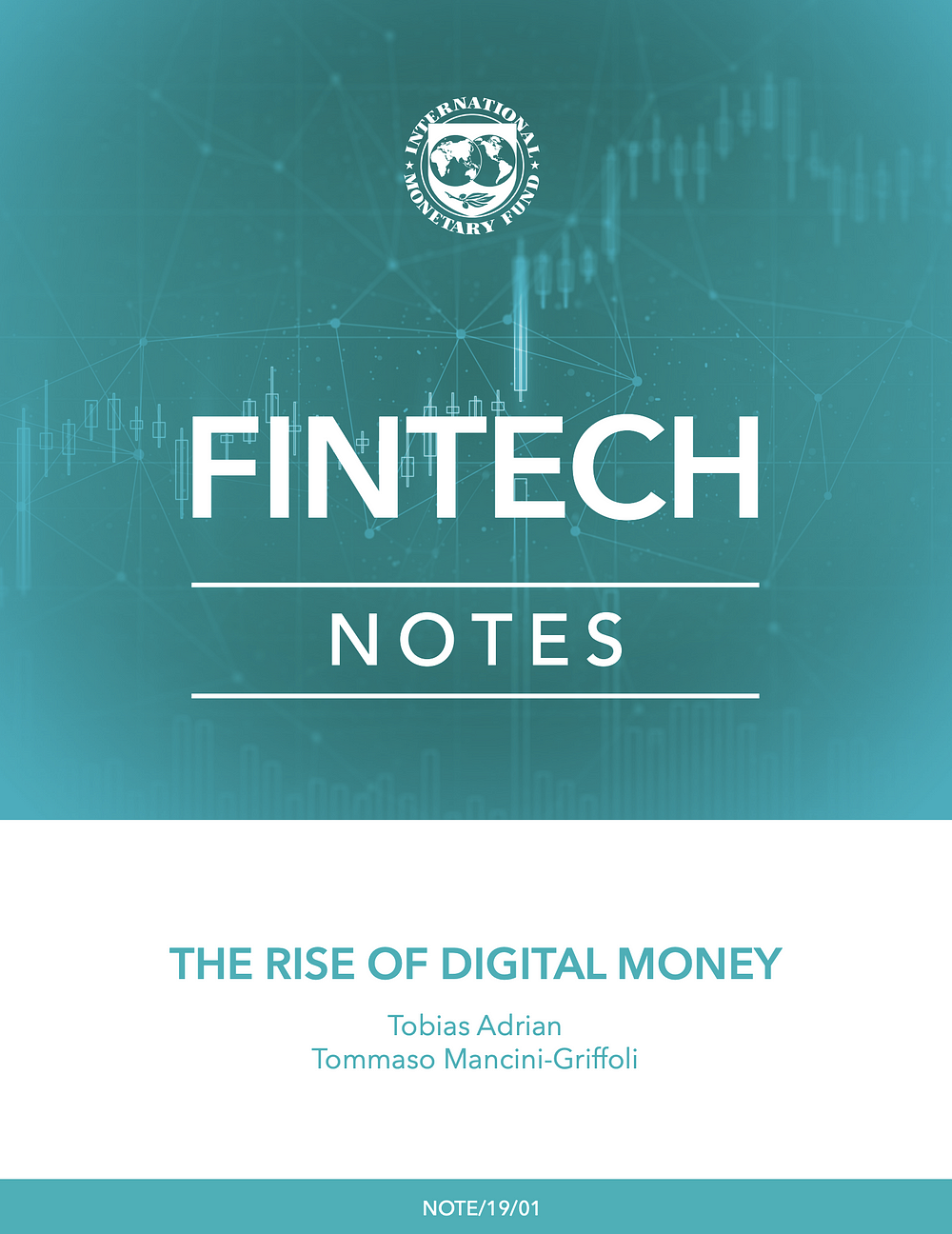The digital euro already exists and the ECB should back it
Earlier this month, the European Central Bank (ECB) issued a report to examine the “possible issuance of a digital euro”. There is no need to. The European Union, along with Iceland, Lichtenstein, Norway, and the UK, already has a framework for digital currency: e-money.
First introduced in 2000, the European Commission describes e-money as a “digital alternative to cash”. To date, e-money has primarily been issued on cards, but the governing directive states that it is intended to serve as a “technically neutral … electronic surrogate for coins and banknotes”. The ECB even accounts for the billions of euros of e-money issued by major financial institutions as “overnight deposits”.
With e-money already established as a proven form of digital euro, the only thing that the ECB needs do to give e-money comparable status to physical cash is to grant e-money issuers access to the ECB’s reserves.
To see why, it is helpful to review how money is created in modern societies. Most money is not created by central banks. Commercial banks create money as deposits when they make loans. Bank deposits are not risk free, they are bank liabilities on bank balance sheets and carry only limited insurance.
The financial crisis of 2008 was to a large extent caused by excessive money creation through bank lending which compromised the integrity of bank deposits. Combining lending with deposits and payments in banks gives rise to systemic risk because faulty loans can compromise deposits and payments. The risk is heightened when the banks are “too-big-to-fail”.
Just like notes and coins are used as a store of value and form of payment independent of the commercial banks, households and companies should also be able to access central bank money in digital form. As the president of the ECB, Christine Lagarde, has said, a digital euro could provide
The ECB could issue digital currency directly to households and companies. However, that would mean a radical change of the central bank’s current role which is to serve and supervise regulated financial institutions. A centralized government digital currency platform could also stifle innovation in payments and related services. The risk and lack of choice make it impractical to issue central bank digital currency (CBDC) directly to the general public and non-financial companies.

Alternatively, the ECB could embrace existing e-money issuers. This is exactly what economists at the International Monetary Fund (IMF) have recently suggested. In a report titled “The Rise of Digital Money”, Tobias Adrian and Tomasso Mancini-Griffoli describe how non-bank providers could issue digital money with central bank backing as synthetic central bank digital currency, or sCBDC. Such a regulated and supervised form of non-bank digital currency could foster competition and reduce systemic risk by allowing a digital alternative to bank deposits and physical cash to emerge alongside the existing financial infrastructure.
The European e-money framework meets all the key criteria for stable digital money outlined in the International Monetary Fund’s report: customers’ funds are safeguarded in a portfolio of liquid, high-quality, segregated, and unencumbered assets; the issuer must maintain a minimum capital contribution; and the customers have a direct claim on the underlying assets.
For the ECB, the only hurdle for turning e-money into synthetic central bank digital currency — as suggested by the International Monetary Fund — is granting e-money issuers access to ECB reserves. Such access would be consistent with preserving a “level playing field between electronic money institutions and credit institutions” as stipulated by the e-money directive.
And since several central banks within Europe already grant e-money issuers limited access to of their facilities, including Bank of Lithuania and the Bank of England, the ECB should take the lead to harmonize digital money across the European inner market and make e-money issuer access to central bank facilities standard instead of discretionary.
As e-money backed by the ECB, the digital euro would pioneer a new standard for digital money independent of bank lending and unshackled from the siloed and proprietary interfaces of the current financial infrastructure. The Eurozone would reduce systemic risk and remove barriers to the adoption of digital money by households and companies.
According to Ms Lagarde, the ECB is exploring the “benefits, risks and operational challenges of introducing a digital euro”. Europe already has a framework for a digital euro in place and can finish implementing it by giving e-money issuers access to ECB reserves.
Why wait?
By Jón Helgi Egilsson and Sveinn Valfells